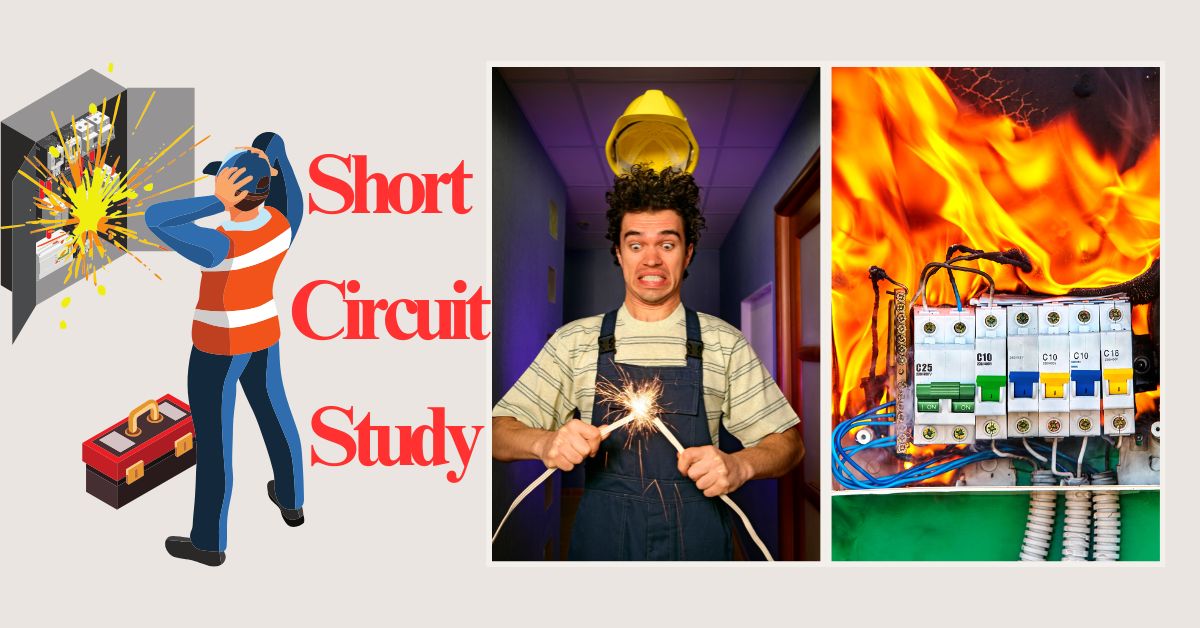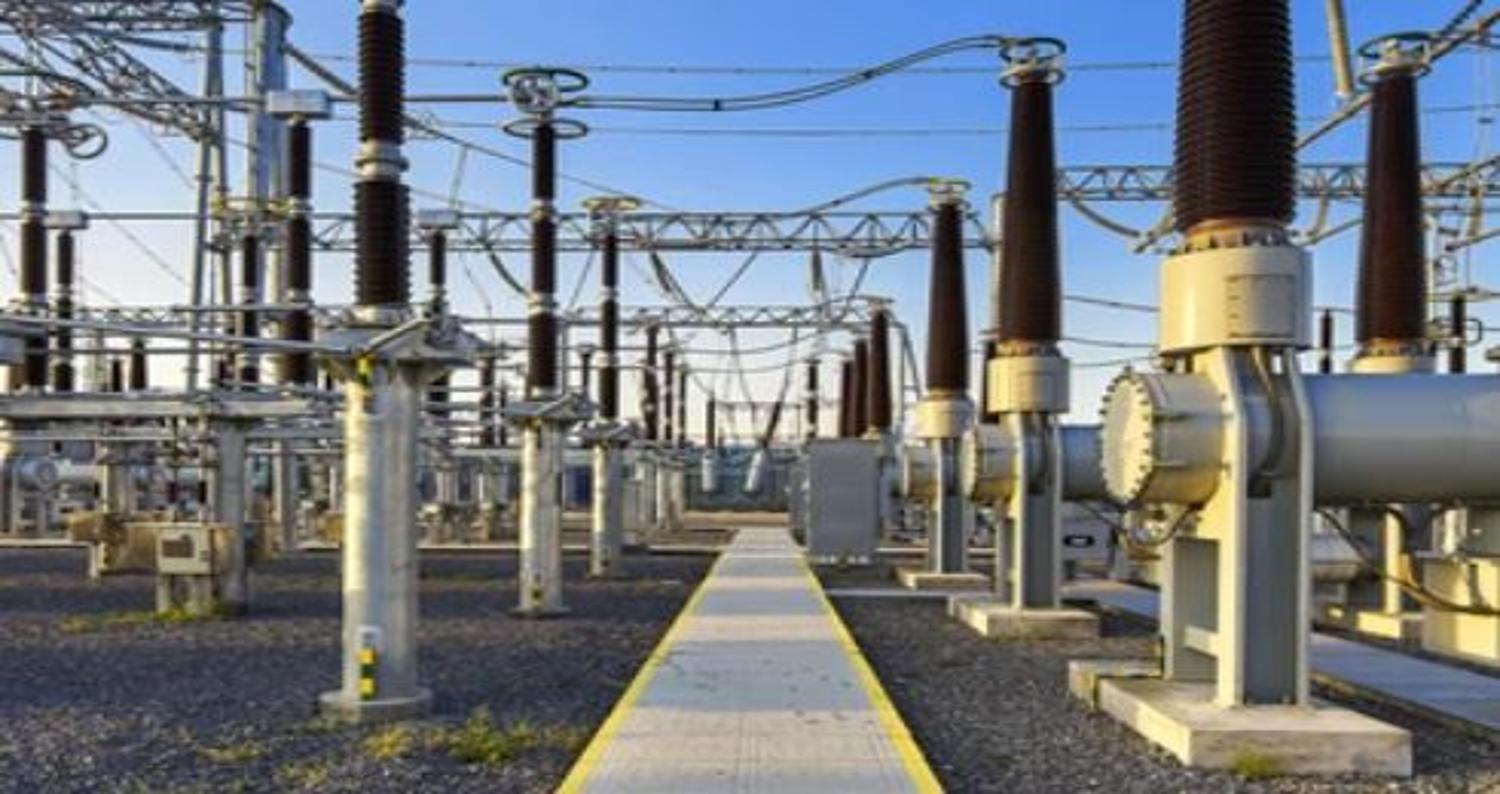
A short circuit study is a fundamental study in power systems to calculate the potential fault currents that may occur in an electrical network. This study is crucial to design a safe and reliable electrical system to ensure protective devices are rated correctly to clear faults efficiently and minimize system damage and downtime. At Edge Electrics we specialize in undertaking detailed short circuit studies to improve power network reliability and safety.
What is a Short Circuit?
A short circuit occurs when an unintended connection forms between two points in an electrical circuit, allowing excessive current to flow. This can be due to insulation failure, equipment degradation or external factors such as lightning strikes or accidental contact with conductive materials. If not managed properly, short circuits can cause severe consequences including equipment damage, fire hazards, voltage instability and complete system failure.
Types of Short Circuits
Short circuits can be classified into different categories based on the type of fault:
- Three-phase Fault: The most severe type of fault, affects all three phases simultaneously. Although rare it generates the highest fault currents.
- Single Line-to-Ground (SLG) Fault: The most common fault, occurs when one phase comes into contact with the ground or a grounded structure.
- Line-to-Line (LL) Fault: When two conductors make direct contact, bypassing the load.
- Double Line-to-Ground (DLG) Fault: When two conductors make contact with the ground, can cause high fault currents.
- Bolted vs Arcing Faults: Bolted faults occur when there is a solid connection with low impedance, high currents. Arcing faults occur when there is partial contact with high resistance, lower currents but fire hazards.
Objectives of Short Circuit Study
A short circuit study serves multiple objectives:
- Calculate Fault Currents: Calculate how much current will flow during a fault at different locations in the system.
- Ensure Equipment Safety: Verify electrical equipment such as transformers, cables and switchgear can withstand short circuit conditions.
- Protective Device Coordination: Verify circuit breakers, fuses and relays are correctly rated and set up to isolate faults selectively.
- Minimize System Downtime: Implement measures to minimize damage and allow for faster recovery after a fault.* Personnel Safety: Preventing arc flashes and electrical fires.
Short Circuit Study Methodology
A short circuit study involves the following steps:
- Data Collection: Collection of electrical system data, transformer ratings, impedance values, generator specs and protective device settings.
- System Modelling: Creation of one-line diagram of the system and representing all components with equivalent impedance values.
- Fault Current Calculation: Using symmetrical components or software tools to calculate short circuit currents.
- Protective Device Evaluation: Check if circuit breakers and relays can handle the fault current within their interrupting capacity.
- Report and Recommendations: Comprehensive report with findings and upgrade/modification suggestions.
Tools and Standards Used in Short Circuit Studies
At Edge Electrics, we utilize advanced simulation tools to perform accurate short circuit analysis. Some widely used software tools include:
- ETAP (Electrical Transient Analyzer Program)
- DIgSILENT PowerFactory
- SKM Power Tools
- PSCAD (Power Systems Computer-Aided Design)
The study follows industry standards such as:
- IEEE 399 (Brown Book): Recommended practice for industrial and commercial power systems analysis.
- IEEE 242 (Buff Book): Guide for protection and coordination of industrial and commercial power systems.
- IEC 60909: International standard for short circuit current calculations.
Short Circuit Study Applications
- Several applications of short circuit studies are listed below:
- Industrial Facility: Safe operations of manufacture facilities at any given time without unexpected power cuts.
- Commercial Buildings: Preventing expensive electrical failures within a high-rise building, hospital, or shopping mall.
- Power Utilities: Ensuring that the grid remains intact to prevent massive outages.
- Data Center: Protection of sensitive equipment against power outages and surges.
- Renewable Energy Systems: Fault assessment to condition a solar and wind power plant.
Why Edge Electrics Short Circuit Studies?
Edge Electrics has a team of highly qualified experienced engineers, equipped with modern and innovative equipment to capably service power systems in ensuring safety and efficiency. In fact, our short circuit studies have practical insights derived from them into optimizing the electrical infrastructure of clients for maximum reliability. Dynamic combination of all industry know-how with the latest technology could produce full power systems analyses according to project requirements.
Contact Us
Want a short circuit study done on your facility? Contact Edge Electrics now for a comprehensive evaluation of your power system. Our experts are ready to increase safety and performance for you through the delivery of precision-engineered solutions.
This is a highly informative article on short circuit studies with respect to power systems but very much in line with the professional services of Edge Electrics. Let me know if you want any changes or if you need more details!
continue reading
Related Posts
In power system engineering, a load flow study, known as […]
ETAP Software (Electrical Transient Analyzer Program) is a comprehensive software […]
Electrical power system studies are cardinal evaluations conducted to inspect […]



